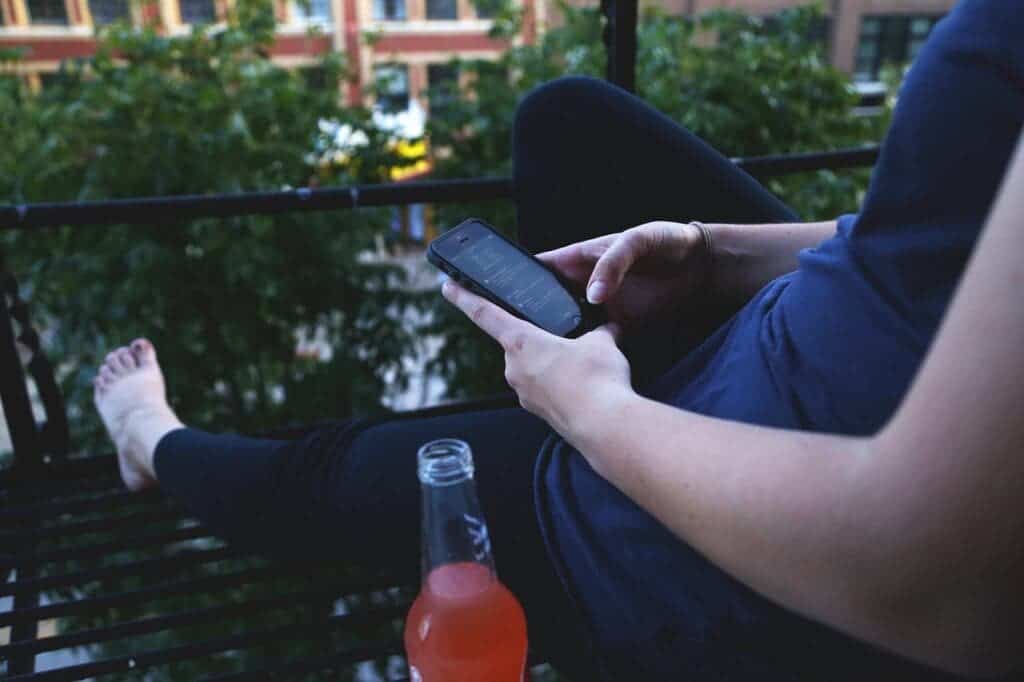
Not everyone gets intoxicated from drinking the same amount of alcohol. Some feel tipsy after a single drink while other, more experienced, bar-hoppers can go shot after shot and still keep a straight face. However, once a person truly becomes intoxicated, it’s hard to keep it a secret — especially if you have to walk from point A to point B.
In a new study, researchers at Stanford University and the University of Pittsburgh have used smartphone built-in hardware to identify ‘drunken gaits’ with up to 92% accuracy. In the future, an app may be able to send notifications to intoxicated users that it is unsafe to drive or that they should be more careful in public, potentially saving lives.
The walk that doesn’t lie
The fact that a person’s gait can be tied to their level of alcohol toxicity is by no means a novelty. Police officers routinely employ so-called field sobriety tests to determine if a person suspected of impaired driving is intoxicated with alcohol.
The gait sobriety test has now been integrated into a smartphone, whose accelerometer can determine if a person is walking ‘funny’.
For their study, the researchers recruited 17 volunteers (12 male and 5 female) and served them vodka cocktails (for science!). After an hour of drinking their first serving, the participants had to complete a walking trial consisting of 10 steps forward and 10 steps backward every hour for seven hours. During this entire time, their smartphones were strapped to their lower backs, which is where the accelerometer can most accurately determine a person’s gait.
Their height and weight were also measured in order to determine how much alcohol would be required to intoxicate them — this is equivalent to a breath alcohol concentration (BrAC) of 0.08. Speaking to Inverse, lead study author Brian Suffoleto says that one shot of vodka raises the blood alcohol concentration (BAC) by 0.02 for men and by 0.03 for women.
The smartphone accelerometer recorded lateral movement corresponding to a back-and-forth swaying motion, which is a key sign of intoxication. Based on this recorded motion, the researchers could determine if a person’s BrAC was above 0.08 with 92% accuracy.
As an important caveat, these results are valid in a highly controlled research environment. In the real world, people’s gaits will naturally vary much more as they move around obstacles or in a crowded environment like a bar. Also, people don’t wear their smartphones on their backs, although Suffoleto says that they can adapt their analysis algorithms to data recorded from the trouser’s pocket.
The biggest challenge, according to Suffoleto, is designing a communication strategy that might convince a person impaired with alcohol to respond positively to supportive messaging.
In order to reduce alcohol-related traffic accidents and deaths, some have previously proposed embedding breath analyzers inside vehicles. If the exhaled breath contains alcohol levels past a legal threshold, the car won’t start. However, this is unrealistic, says Suffoleto — at least in the U.S. where consumers would not purchase a vehicle that would lock them out of their own property.
But that doesn’t mean there aren’t more persuasive methods. Suffoleto envisions a system where people can pay significantly less for their car insurance as long as they agree to this sort of monitoring.
The findings appeared in the Journal of Studies on Alcohol and Drugs.


